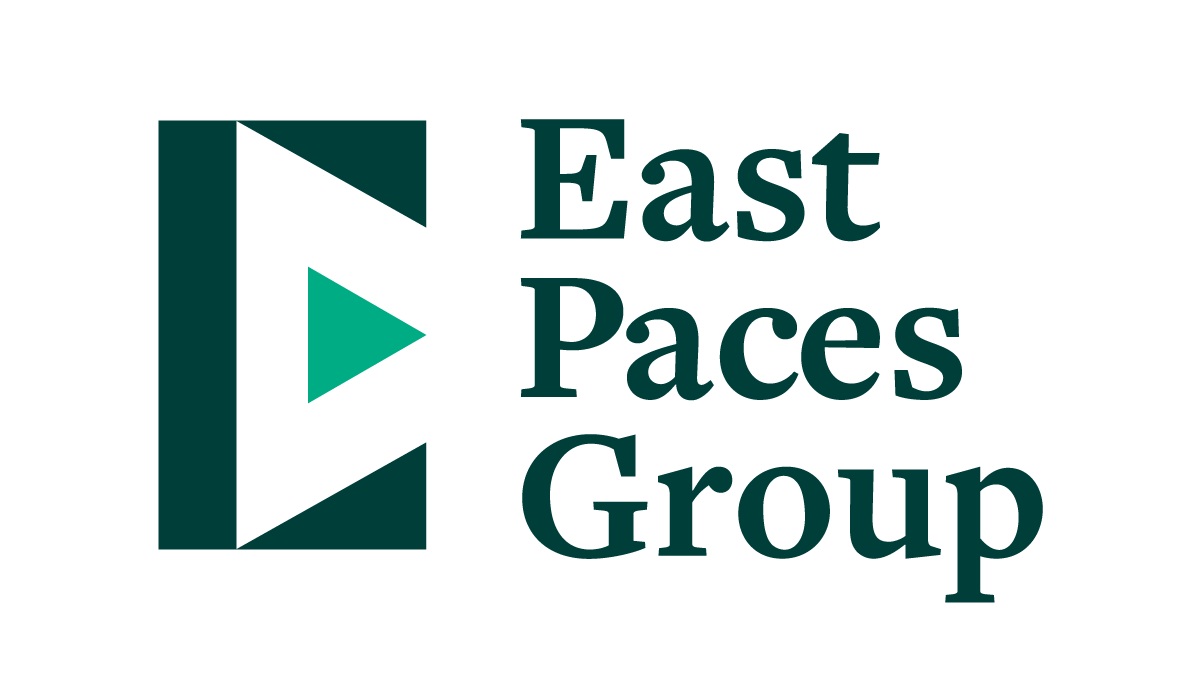Independent Networks Benefit Older Advisors
They can be less concerned with business operations, plan for succession and spend more time with clients.
By Alex Reffett
For many advisors, going independent can be extremely appealing. Not only are independent advisors afforded the freedom to offer products and services for clients they couldn’t provide previously, they are also able to build their own team and operate the business as they’d like, while keeping a larger portion of the revenue they generate.
At the same time, leaving the extensive infrastructure and other resources that an established wirehouse provides can often deter advisors from making the leap to independence. While the idea may seem daunting at first, the potential rewards for doing so are innumerable — especially for clients.
Client Benefits
Truly understanding the retirement needs of a client requires a deep understanding of the individual and what they want to experience in their later years. An advisor must know where the client wants to live, how much they want to spend, and their temperament for investment volatility. An advisor may put together a great investment strategy, but if they don’t understand the client’s cash flow obligations the plan could fall apart quickly.
There are several benefits clients receive by way of their advisor being independent. Below are a few of the most valuable:
Deeper Relationships. For independent advisors, meaningful personal relationships are the lifeblood of their business. Clients who work with independent advisors often receive more attentive, personal and tailored service. With a smaller, more focused operation, clients are viewed as individuals rather than as their investments.
Customized Guidance. Since independent advisors are not required to sell specific funds or investment products, they are free to provide a broader spectrum of solutions that can be customized to help clients meet their goals. From retirement planning to tax mitigation, estate planning and beyond, independent advisors often have a wider range of options at their disposal, allowing them to create more nuanced and client-specific financial plans.
Simplified, Transparent Fees. Most independent advisors will charge for their services based on a percentage of the assets they are managing, making fees transparent and easy to understand. Advisors can emphasize how this fee structure is mutually beneficial by telling clients, “When you succeed, we succeed together.”
Independent Custody of Assets. As an independent advisor your client’s money is held by an independent custodian, not an advisory firm, which for many investors provides reassurance that their money is not held by the entity advising them about how to invest it.
Where to Start?
For most, the motivating factor behind going independent is that they get to be their own boss, which obviously comes with a lot of freedom. But this newfound freedom brings more responsibility in terms of running the business and managing client relationships. Advisors starting an independent firm should aim to structure it in a way that streamlines or automates certain tasks in their workflows. This will allow them more time to focus on serving clients and prospects without the need to constantly iron out the ideal direction for the company. Yes, giving up control can be difficult. But with a solid support team handling the day-to-day operations, advisors may just find that the business and their clients will be better off because they are no longer burdened by administrative tasks. For indie advisors, time spent on anything other than bettering their relationship with clients, enhancing their own skills, or otherwise growing the business, is time not spent wisely.
Best of Both Worlds
One of the biggest misconceptions advisors have is that there is no “middle ground” option between running your own practice and working for a large financial institution. It’s true that advisors thinking about breaking away will need to decide if they want to work as a fiduciary advisor by setting up their own RIA firm. Or if they want to join an established broker-dealer network, which typically provides both brokerage and investment advisory services.
But the good news is there are many independent RIA networks that offer advisors the ability to manage their clients without having to concern themselves with other business operations. Platforms like this give advisors the support and resources they need to service clients while at the same time providing them the flexibility to customize solutions based on each client’s needs. Advisors can leverage their access to such a network to demonstrate size and strength to clients that may be apprehensive about the upcoming transition.
Older advisors nearing the end of their careers can incorporate such networks into their succession planning, often giving clients better peace of mind with the eventual transition. But it’s not only the finality of a succession plan that should drive the decision to join. Instead, advisors should consider their ideal lifestyle leading up to retirement. There is a big difference in the lifestyle of a 60-plus-year-old advisor who has the backing of a competent team behind them — to help manage relationships and business operations —and one that doesn’t. When travel and time with family becomes more of a priority, knowing this support is available is a monumental value-add.
Harness Tech to Streamline
Managing client relationships is arguably more important than maintaining their portfolios. It’s easier to reconcile poor portfolio performance with a client than it is to reconcile a poor personal relationship. And while technology is no substitute for a flesh-and-blood advisor, there are certainly digital solutions available that make managing relationships as seamless and streamlined for independent advisors as managing investments.
Client relationship management (CRM) technology is a great way to maintain and optimize relationships. With options to track specific tasks, document and archive client communications, and generate client-driven reports, firms can utilize detailed client profiles (which include information related to investment goals and risk tolerance, as well as personal details) to keep on top of client engagement and portfolio management all year long, as they grow.
Furthermore, some CRM technologies available today are specifically designed to help members of the financial industry streamline and automate processes related to tracking required minimum distributions (RMDs), opening new accounts, making recurring investment updates, and much more. This provides major organizational advantages for advisors just starting to build their business. Having easy access to accurate records of client interactions and requests is also invaluable when it comes to compliance.
Whatever the motivating factor for going independent, it is vital that the client’s wellbeing rests at the forefront of every decision an advisor makes. With cutting-edge technology to optimize client engagement and portfolio management, and an understanding of the business model and fee structure that best suits their practices, independent advisors can lay the foundation for scalable long-term growth. Above all, they can make the most of independence to better serve clients and their families.

